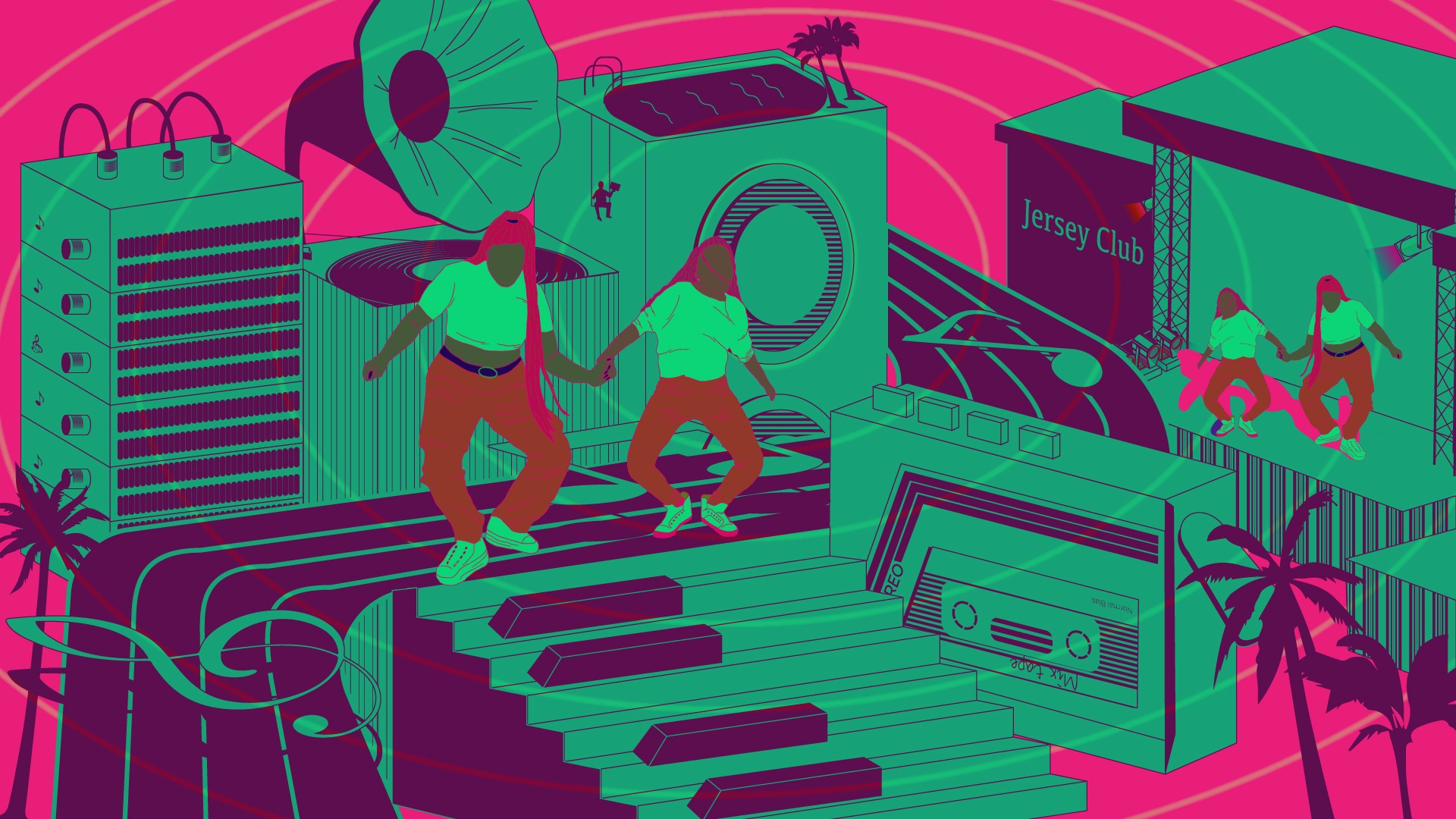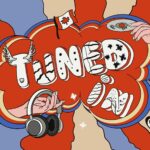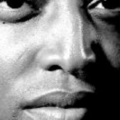Jersey Club music originated in the early 2000s in Newark, New Jersey. Pioneered by DJ Tameil and the Brick Bandits, it was initially a local offshoot of Baltimore Club, another high-energy dance genre. DJ Tameil cites TAPP’S dikkontrol as being the track that inspired it all. Over time, Jersey Club grew beyond its roots, gaining popularity worldwide thanks to social media and DJs pushing the sound into mainstream and underground dance scenes.
A Fusion of Cultures: The Influences Behind Jersey Club
The genre draws from multiple influences – hip-hop, house, and R&B – while keeping the rhythm-heavy DNA of Baltimore Club intact. Jersey’s diverse urban environment shaped the music, reflecting a blend of street culture, dance battles, and party scenes. As the genre expanded, it absorbed elements from trap and electronic dance music, creating an eclectic and evolving soundscape that resonates with audiences across different cultures.
Kicks, Claps, and Bed Squeaks: The Signature Sound of Jersey Club
Jersey Club’s sound is defined by its fast tempo (135-140 BPM) and distinct kick drum pattern, often featuring rapid claps, bass-heavy low end, and sliced vocal samples. DJs use effects like stutters, breaks, and bass drops to create a magnetic groove. A hallmark of the genre is the “bed squeak” sample, a playful nod to R&B, which has become a defining feature of the music’s playful, rhythmic style.
Exhilaration and Joy: The Emotional Core of Jersey Club
Jersey Club is all about fun, freedom, and energy. The genre inspires movement, often accompanied by dance routines that emphasize creativity and individuality. Dance is at the core of Jersey Club. The genre creates an atmosphere that encourages carefree expression and communal celebration, making it a staple at parties and dance battles. Whether underground or mainstream, its infectious rhythms and uplifting vibe continue to unite people through movement.
“Swing Dat” – DJ Tameil (2004)
This early Jersey Club classic by DJ Tameil helped define the genre’s sound, with hard-hitting kicks, chopped vocal samples, and a steady 135 BPM rhythm. “Swing Dat” encapsulates the raw, experimental energy of the genre’s inception, setting the foundation for the future evolution of Jersey Club music.
“Put Cha Back In It” – DJ Sliink (2012)
DJ Sliink played a pivotal role in bringing Jersey Club to wider audiences, and “Put Cha Back In It” is a prime example. The track blends infectious rhythms with energetic drops, making it a hit among both club-goers and casual listeners. Sliink’s work bridged the gap between underground and mainstream music.
“Vibe (If I Back It Up)” – Cookiee Kawaii (2019)
Cookiee Kawaii’s viral hit “Vibe” reignited interest in Jersey Club on social media platforms like TikTok. With its catchy “If I back it up” vocal loop, smooth bass, and playful energy, the track introduced a new generation to Jersey Club’s infectious sound and highlighted the genre’s adaptability to modern music trends.
“Players (Jersey Club Remix)” – Coi Leray (2023)
Coi Leray’s hit received a Jersey Club makeover, infusing the original rap track with energetic drum patterns, bed squeaks, and punchy bass. The remix took off on TikTok, introducing a new wave of fans to the genre’s signature sound and adding momentum to Jersey Club’s crossover appeal.
Be sure to check out other articles in our series, such as: Evolution of House Music and Evolution of Urban Breaks.
Written by Tyrus “Sir Louie” Facey
Illustration by Holly Li






















